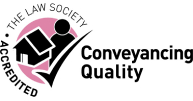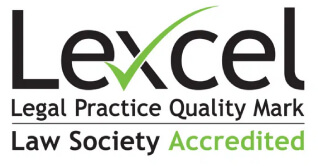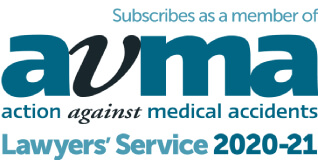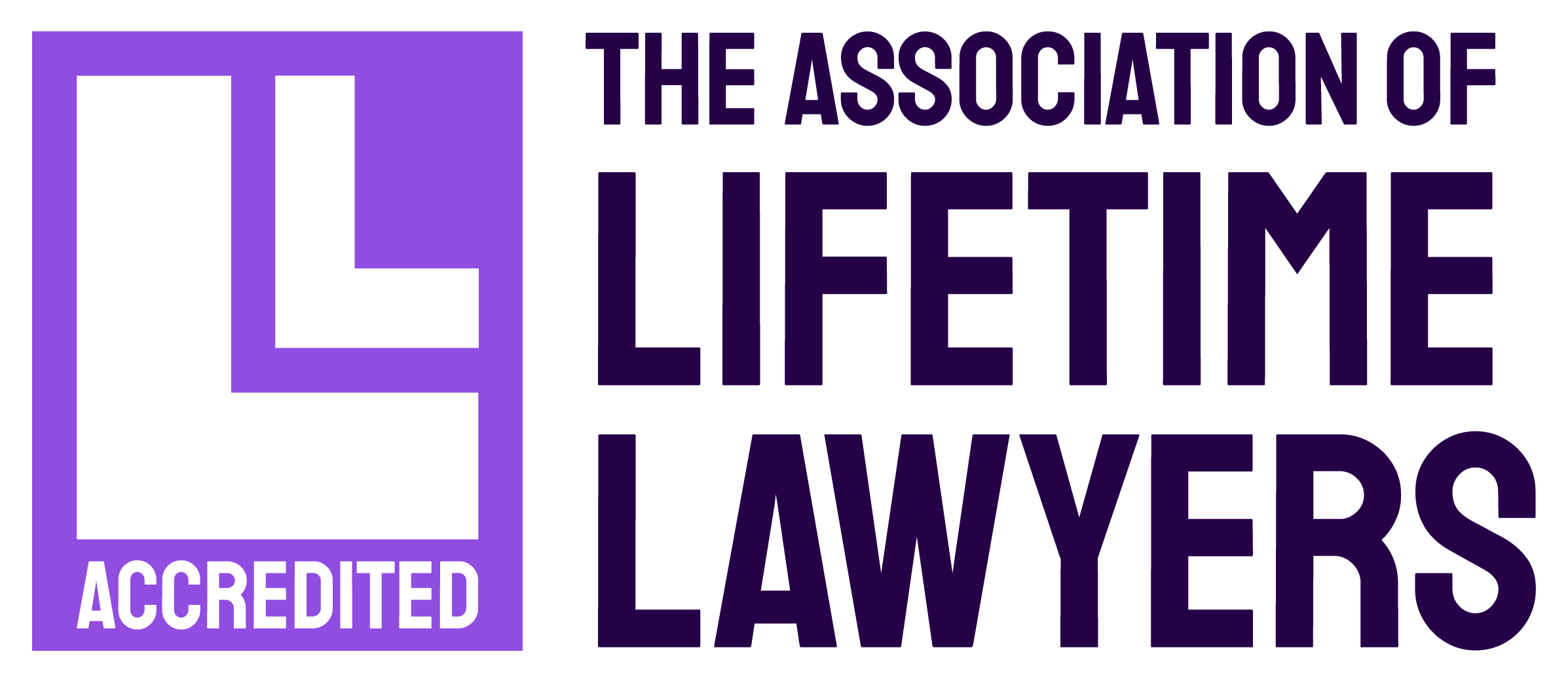Are commercial tenants responsible for replacing crumbly concrete?
In recent weeks, news has broken that hundreds of schools and other public buildings across the UK, which were built using reinforced autoclaved aerated concrete (RAAC), are now unsafe. As this lightweight, ‘bubbly’ concrete (most widely used during a 40-year period between 1950 and 1990) has reached the end of its lifespan, it has become crumbly and so is “liable to collapse with little or no notice”, according to the Health and Safety Executive (HSE).
The national spotlight currently trained on RAAC is strongly reminiscent of the clamour surrounding aluminium composite material (ACM), a highly flammable type of external cladding used on high-rise buildings such as Grenfell Tower, which burned down in 2017, claiming 72 lives. And, just as in the aftermath of Grenfell, questions are now being asked about who must bear the financial responsibility for removing this dangerous material.
Investigations into RAAC are mostly concentrated on public sector and commercial buildings, including schools, theatres, hospitals and even police stations. In this blog, therefore, we will focus on the financial impact of repairs and removal on private commercial landlords and their tenants.
Will commercial tenants have to pay to remove crumbly concrete?
Whether or not a commercial tenant is liable to pay for defects or disrepair in a building they are renting depends on the maintenance and repair provisions contained in their lease.
A commercial tenant renting under a ‘full repairing and insuring’ (FRI) lease, will be responsible for the repair, maintenance and insurance of the building they are leasing. This usually includes ‘inherent’ or ‘latent’ defects – i.e., defects in the design or construction of a building, or the materials used, which existed on completion of the building works but was not apparent on inspection.
For tenants renting under FRI terms it is likely that they will bear the full cost of repairing damage caused by RAAC if repair of the initial defect is the only way to return the property in a state of full repair.
Do landlords have any responsibilities with regards to RAAC?
Not all commercial tenants rent on an FRI basis. Some will have an ‘internal repairing and insuring’ (IRI) lease, which narrows their responsibilities for repair and maintenance specifically to the internal parts of the property they occupy. In this case, the landlord will be responsible for structural repairs to the external parts of the building and will therefore be liable to arrange the repair of damage caused by crumbly concrete. However the costs of those works may be passed onto tenants via their service charge, depending on the wording of the lease.
Under the Defective Premises Act 1972, landlords also have a duty towards their tenants and any third parties who might be injured by their failure to maintain and repair a property for which they are responsible. So, if you own any buildings built between the 1950s and the 1990s (the ‘heyday’ for widespread RAAC use), it is advisable to commission a structural survey and properly investigate. A risk assessment of the whole portfolio is also a worthwhile exercise to see which buildings, based on the latest government and HSE guidance, may require further investigation.
Can I make a claim against the property developer?
Given that the widespread use of RAAC came to an end in the 1990s, it is unfortunately likely that the limitation period for most claims relating to the original design and construction of these buildings has now expired – even when applying the 30-year liability period under the Building Safety Act 2022. This means that the original designers and contractors (along with their professional indemnity insurers) are likely to be exempt from these claims.
Even so, it is likely that litigation claims will be made in the wake of the furore surrounding RAAC, and we’ll be following the legal and wider press on this topic very closely in order to bring you more information as we hear it. Whether the government will step in with new legislation – as they did following the Grenfell Tower disaster – or amend existing legislation, remains to be seen. One thing is for certain – this is just the beginning of this new building safety scandal.





















